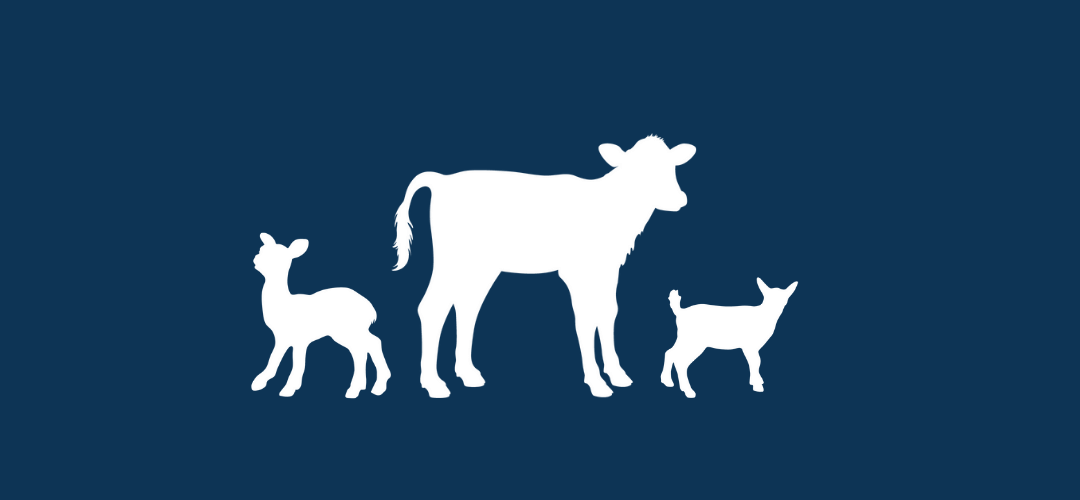Precision – The key to consistency
- May 10, 2022
- By Grober Nutrition
- In Canada
The benefits of using a scale when mixing milk replacer
We’ve all heard of them. The most successful calf managers are always thinking about them. They are the 5 C’s of successful calf management. Colostrum, Calories, Cleanliness, Comfort. and Consistency.
Let’s focus on consistency, specifically when feeding calves during the milk drinking stage.
Know what you’re feeding – waste milk is not worth the unknown
Waste milk is occasionally fed to calves and considered a ‘free feed’ source. Yet waste milk can have serious quality problems. Most farms do not test or manage the quality of their waste milk. Thus a big unknown! One study proved that when non-saleable milk was tested, milk quality was variable among 12 different farms. Many samples were low in total solids and high in bacterial count, creating a poor nutritional and inconsistent product fed to calves (Moore, 2009).
Can milk replacer be inconsistent? If mixed improperly and guesstimated, yes!
In an experiment at Penn State University, students showed that by using standard farm “equipment” to mix milk replacer (i.e. a plastic cup for measuring powder, a bottle for measuring water, and a calf feeder’s finger for measuring water temperature), results of total solids and temperature were quite variable.
Of 41 batches mixed, only 17 achieved a final total solids percentage within the goal range of 10-15%. Only two calves received a final solution with total solids of 13%, which is the tag recommendation (Heinrichs, 2014). In this case that is less than a 5% accuracy rate!
Why is consistency important?
Large changes in consistency of milk can lead to an unwillingness for calves to drink or scours in calves that do drink.
Scours or disease during the pre-weaning period can affect average daily gain (ADG) by nutrient loss from the diet via diarrhea, diversion of energy to the immune system away from growth, dehydration, and suppressed appetite and feed intake (Donovan et al., 1998).
Several studies have shown a correlation with ADG in pre-weaned heifers and production in lactation.
Long term effects of consistency
When calves don’t reach their full potential of growth in the pre-weaned phase, we limit the full potential the heifer will have during lactation. In a study by Soberon, for every 1kg of pre-weaning ADG, milk yield increased by 1113 kg in the first lactation milk yield (Soberon, 2012). Not only are higher ADG associated with an increased milk yield but, higher calf growth rates are associated with higher body weights in lactating cows and higher odds of survival in first lactation (Van de Stoet, 2016).
So how can we make feeding more consistent? We use a scale!
Precision is the key to consistency so a scale and thermometer are valuable tools to mixing milk replacer.
Best practices to mixing Grober milk replacer
Following these steps carefully will ensure that your calves will get the most from every meal.
- Weigh 150 g/L of powder
- Mix with 0.5 L of hot water (60°C) for 3 minutes
- Add 0.45 L of cool water and mix for 1 minute
- This final solution is 1 L. Feed the milk solution at a temperature of 38-40°C (body temperature)
- For optimal results feed a minimum of 8 L total solution per calf per day
* This provides 15% total solids to the calf for a higher plane of nutrition and higher rates of gain















